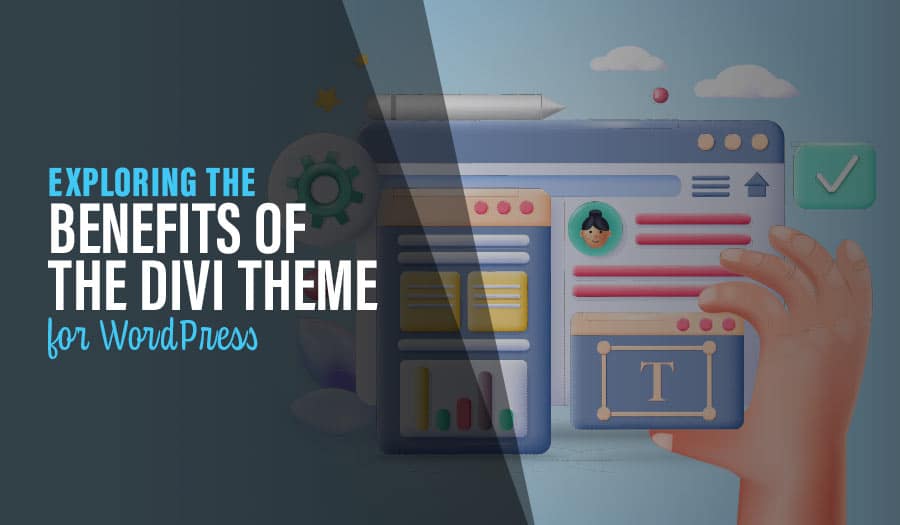Visuals are essential to building a successful online presence. Your audience reacts positively to videos and images, helping you communicate your value proposition quickly and effectively. Here are 5 Steps on How to Optimise Your Website Images for Online Success.
At the same time, incorporating visuals into your website requires more than just uploading them and hoping for the best. Google, for instance, involves alt text that communicates in writing what the image is about. Here are 5 steps to optimise your website images for online success.
5 Steps on How to Optimise Your Website Images for Online Success
- Choose the Right Images
- Write a Descriptive File Name
- Pay Attention to Your ALT Text
- Minimize Your File Size
- Create an Image Sitemap
1. Choose the Right Images
It may seem obvious, but your first consideration should always be the image itself. Make sure it adds to, not just duplicates, the text it accompanies. The best website images are not just background but immediately draw audience’s interest toward the rest of your content. Of course, you should ensure you have the rights to all images you use.
Part of this step also has to include the correct file format. JPEG is the most commonly used but can lose quality in the compression process. GIF and PNG offer lossless compression but may not be as readily supported. This short guide gives you an overview of the right image file type for your website needs.
2. Write a Descriptive File Name
The name of your file is more important for your website than you think. Ideally, it should be descriptive, helping search engines like Google understand exactly what the image is about in the URL path.
Three considerations should play into this step:
- Does the name effectively describe the image itself?
- Does the name include the SEO keyword(s) for which you are looking to optimize the page on which it will live?
- Is the name sufficiently short?
The balance between 2. and 3 is vital in ensuring you get the image name just right.
3. Pay Attention to Your ALT Text
Every website editor and CMS allows you to specify ALT text, a short description that allows Google to understand in more detail what the image is actually about. Think of it as a type of internal caption: the ALT text appears when images don’t load correctly for your visitors and users who use text-to-speech software.
As a result, your ALT text is vital in your SEO efforts. Treat it as an extension of the file name, including an effort to be as descriptive and keyword-optimized as possible. This guide can help you optimize your ALT text for search engines.
4. Minimize Your File Size
Put simply, page load speed is vital to the success of your website. For every additional second your website takes to load, you lose a significant amount of visitors, conversions, and even revenue.
Several factors play into the time it takes your website to load, but images are a major reason. The larger your image files, the more time they take to load for your visitors. Reduce their size to the actual size of your website, and compress your images to minimize their size.
5. Create an Image Sitemap
Image sitemaps help search engines like Google better and more easily understand the purpose and placement of your visuals on your website. Especially JavaScript integration can make your images more difficult to find for their search crawlers, which is a problem sitemaps can solve.
If you’re familiar with website coding, adding an image sitemap is relatively simple. In the URL for each page on your site, you can add additional code for the images on that page. On WordPress, a number of plugins can help you accomplish the same feat.
Use these steps, and you can begin to create a visual online presence that will not only delight your audience but also improve your search engine optimization. Of course, you might need help in that process, which is where we come in. Contact us today to learn about our web design services and how we can help you maximise the potential of your website images.
Let Sydney’s leading Web Design Agency take your business to the next level with a Pixel Fish Business Website.
Check out some of our latest Website Design projects and Testimonials.
Further Information:
10 Interactive WordPress Plugins to Bring Your Website to Life
Hidden Hacks: How to Check if Your WordPress Website Has Been Hacked
10 Tips to Optimize the Your Web Design Typography
10 Tips that Maximise Your WordPress Website Design ROI
12 Tactics to Increase WordPress Website Speed
13 WordPress Security Features that Protect Your Users
Top 10 Installing WordPress Plugins Best Practices
8 Cutting-Edge Web Design Trends to Incorporate Into Your Website




